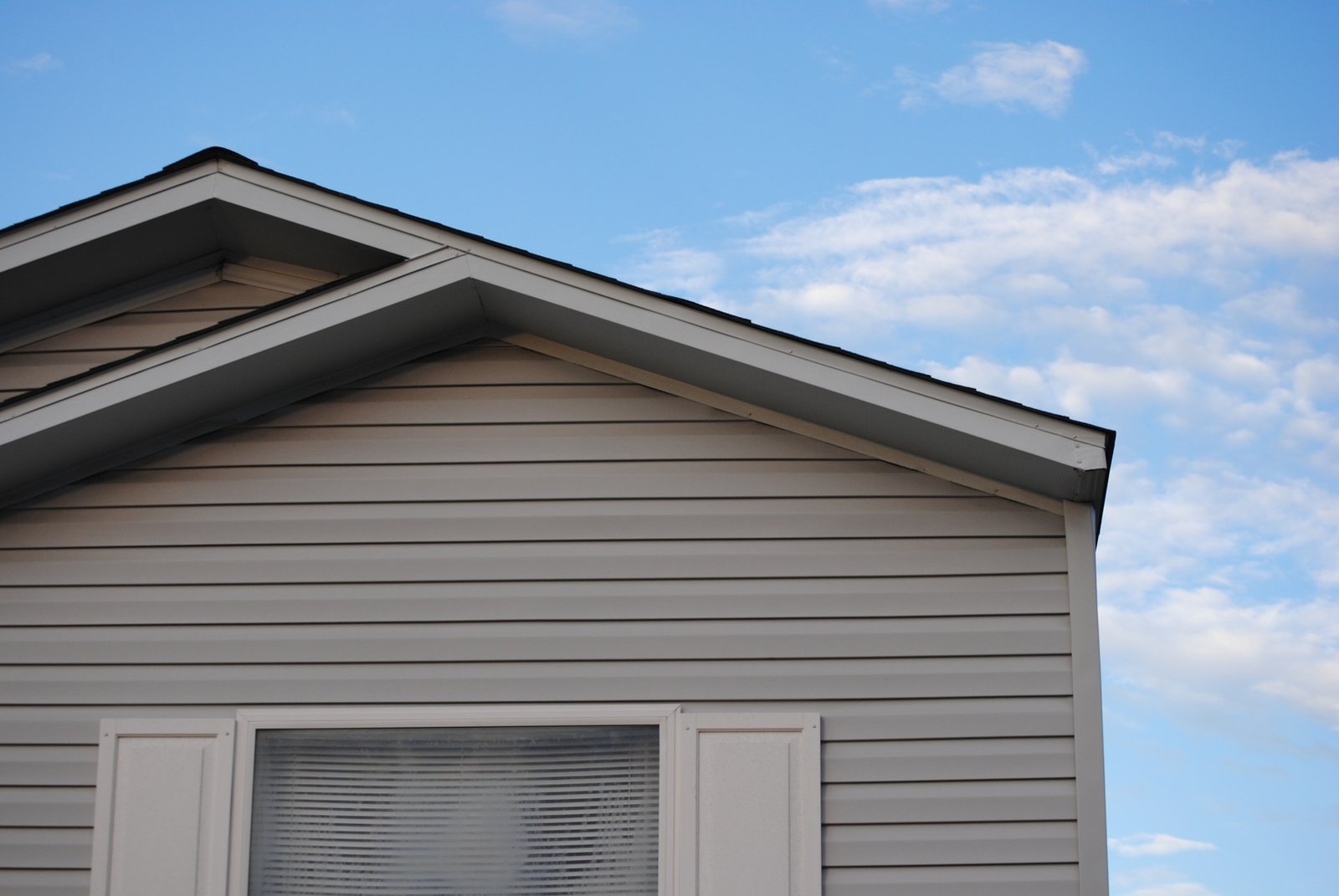Your home’s vinyl siding adds curb appeal as it’s the first thing guests and passersby notice. So, it helps to make a good impression, right? Vinyl siding also protects your home from adverse weather. Universal Windows is a firm you can count on for vinyl siding installation. You can click here to learn about their vinyl siding services in Syracuse, NY.
Good vinyl siding can last between 15 and 40 years. This may seem like a lifetime, but ultimately, a replacement will be on the cards. It’s advisable to replace your vinyl siding once every 10 to 20 years to avoid potential issues. Let’s discuss some factors that can help you determine when it’s time to replace the vinyl siding in your home.
Melted Siding
Melted vinyl siding is a sign that your home’s exterior surface isn’t functioning as expected. When vinyl siding gets too hot, it can start to sag or even melt. This may also be caused by improper installation or a faulty HVAC system.
Plus, if you fancy hosting loved ones in your backyard and grilling treats, your vinyl siding could be affected in the process. A hot grill can quickly melt your vinyl siding. Take precautions by positioning your grill at least 15 feet from your home. Otherwise…If you notice any melted vinyl siding, get it replaced as soon as you can. Your timely intervention will ensure you and your family are not at the mercy of the elements- quite the predicament if you ask me.
Replacing your vinyl siding as soon as possible keeps you from suffering embarrassment when hosting your friends and family.
Mold and Mildew
When exposed to the elements, mold and mildew can quickly develop on vinyl siding. And when sunlight hits this growth, the result is a whitish and chalky residue due to oxidation. Consequently, replacing your siding may be the only way to restore your home’s exterior.
Also, if you power washes your siding too frequently, you may damage the material. In addition, using a pressure washer with the wrong nozzle can also cause streaks or other markings on the surface of your siding. While keeping your siding clean, use the right cleaning methods to avoid damaging the material.
Wear and Tear
Over time, weather and other elements will take a toll on vinyl siding, making it appear old and worn out. Replacing it can help to protect your home by reducing the amount of heat transferred into the house and by keeping pests and moisture out.
Plus, new vinyl siding can give your home a fresh, clean look. If you are considering replacing your vinyl siding, consult a professional to get the best results. They can help you choose the right type of siding and install it correctly. And with proper maintenance, your new vinyl siding will keep your home looking great for many years.
Insect Damage
Insects can cause severe damage to vinyl siding. Their chewing mouthparts can create holes that allow water to seep into walls and enter your home, resulting in costly repairs. Generally, vinyl siding attracts insects as it is made of soft plastic that is easy to chew through.
The most common culprits are carpenter bees, wasps, and termites. These insects are drawn to the sun’s warmth, which reflects off the vinyl and makes the siding an ideal place to build a nest.
To prevent insect damage, inspect your vinyl siding regularly for holes or signs of nests. If necessary, contact a pest control professional to treat the problem. And remember to replace the siding before your issue spirals out of control.
Paint Peeling Off
One of the key upsides of vinyl siding is its low maintenance. However, it can also let water seep into the home, causing your paint to peel off.
To prevent this, regularly inspect your siding for cracks or gaps, and seal any holes you find with a silicone-based caulk. Also, ensure your gutters and downspouts are clear of debris so they can adequately channel water away from your home.
If the damage is already done and the paint in your home appears to be peeling off, the ideal course of action is to replace your vinyl siding. Repainting your walls without addressing the root cause of the problem would not do the trick- you would only be putting off the inevitable.
All in all, by being aware of these variables, you can take steps to prevent damage to your siding and keep your home looking its best.
